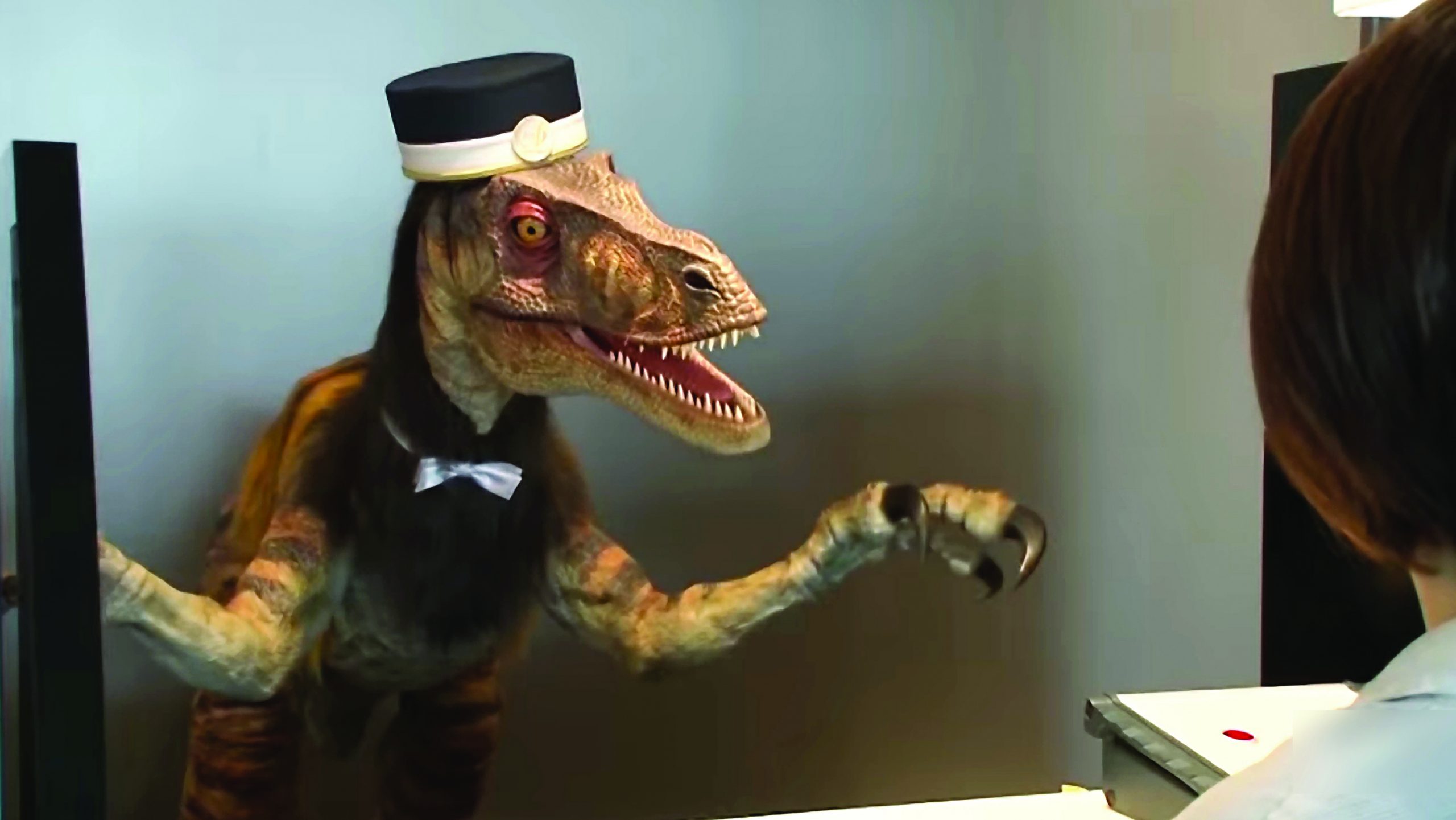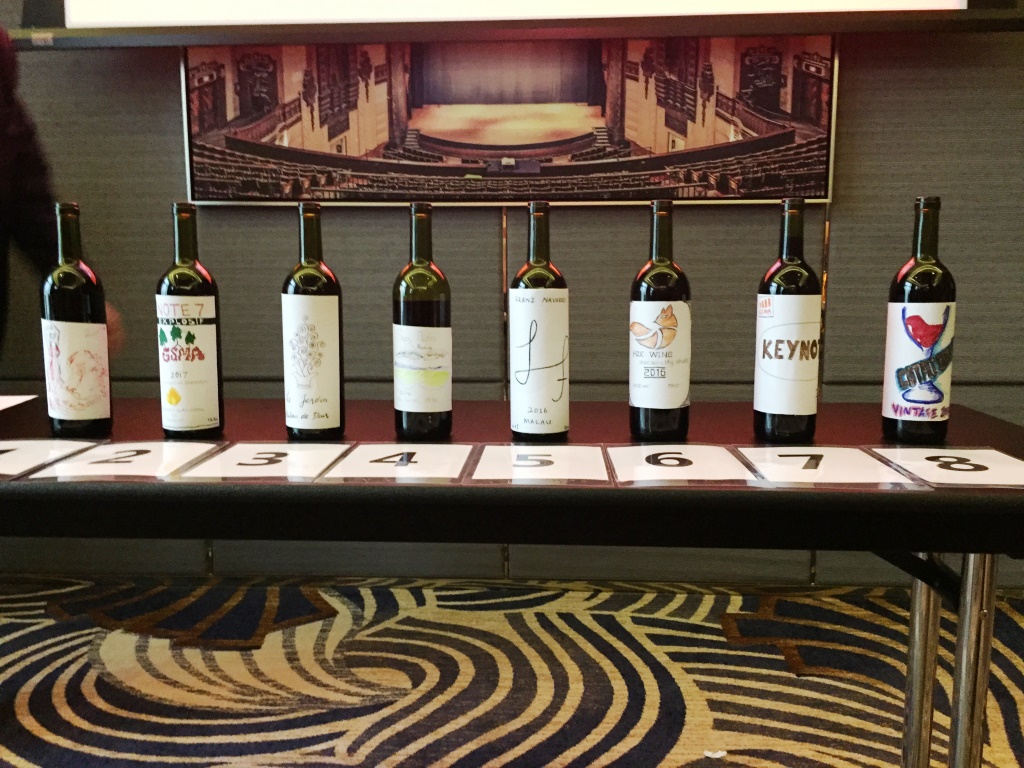It’s always tense when a speaker arrives on stage. Will we be offered a slew of dreary statistics or dragged through an hour of verbiage? So many meetings these days are dictated by stale Power Points and predictable icebreakers, which can frustrate and alienate instead of motivating delegates. So what is the solution to this worn-out formula: how do planners get people feeling enthused and inspired?
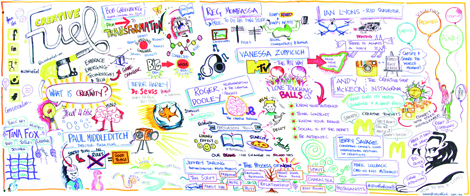
Visual Funk
Whether it’s through taking notes or oral repetition, most of us know how we best take in information. According to the Social Science Research Network, 65 per cent of us are most engaged by images. It also takes less than one tenth of a second for the brain to assess a visual scene.
Simon Banks, director of creative training agency Visual Funk, uses facts like these to promote his company’s art-based services at conferences and meetings, offering everything from graphic facilitation to tailored teambuilding activities. Banks describes how he realised the connection between effective meetings and art.
“I started out working in a learning and development company, and realised there was a link between my creative background and the corporate sector. Someone asked me to come in and capture their corporate day visually, so I put some pictures up that reflected their conversations, and the business snowballed from there.”
Established in 2007, Visual Funk trains clients to execute the most engaging event that they can through theatrical, musical and artistic programmes, professional emcee services and teambuilding experiences. Banks says that the key is to dispel a group’s self-consciousness.
“Everyone’s got a voice in the back of their head saying ‘I’m not creative, I’m hopeless, I can’t draw’. A great way to smash that is to lead a group through tasks that they wouldn’t have thought they could do. At the end of the day you get people to think, ‘Wow, I’ve done something I didn’t think I could do’, and realising what they’ve achieved as a group,” says Banks.
Visual Funk created a programme with Flight Centre’s package holiday supplier, Infinity Holidays, where employees were tasked with designing a logo for their charity arm in Cambodia, Infinity Cares. Split into teams, 250 employees competed for the glory of 'best logo', assisted by Visual Funk facilitators who led the activity. Christie Hopp, national product and marketing manager for Infinity Holidays, was involved in organising the activity.
“When you are responsible for conference content, it’s always scary trying to assure people that their time spent was worthwhile,” says Hopp. “The Visual Funk team kept energy high, and people were taking part in the logo design with enthusiasm. The end result was a fabulous design that we now use in our marketing collateral.”
Art of Awakening
Tim Hamons, co-founder of Singapore-based consultancy Art of Awakening, provides visual tools called ‘mind maps’ – large colourful posters that use keywords and images to tell stories and capture ideas. “I learned mind mapping over 20 years ago and was attracted to the simplicity and creativity of the format,” says Hamons. “Mind maps are a great tool for business and communication objectives, and can be used to plan events, manage projects, and develop educational materials.”
In Asia, deviating from the norm can be risky at meetings as corporate culture is more engrained here than in Europe or North America and audiences are known to be less receptive to non-traditional or less ‘serious’ ideas. Mind mapping is a great option for planners who recognise the value of engaging delegates visually, but who want to ease into the creative meetings market. Art of Awakening has gone on to teach mind mapping within problem solving and visual thinking programmes and has worked with conferences organised by Microsoft, Nike, Pfizer and The Economist.
Delegates snooze when they feel unchallenged, so interaction is vital for effective meetings
Eric De Groot, co-founder of meetings design agency Mindmeeting and co-author of Into the Heart of Meetings, emphasises the importance of movement and interaction in sessions. “Why go to a meeting if you don’t interact with people? Interaction is not only necessary, it’s at the core of the meeting,” says De Groot.
While conferences may deliver relevant content, audiences are rarely expected to participate in a lecture or discussion. Banks describes how attention spans can quickly wane as a result.
“In an event, you’ve got about 20 to 30 minutes before you see people’s shoulders begin to drop. A way of keeping energy levels high is to get people moving, and this form of engagement is understood across all cultures.” De Groot echoes Banks, claiming that movement is one of the main drivers of successful meetings.
“Neurobiological studies show that when you perform an exercise with a mass of people, a hormone is produced that creates a sense of solidarity,” says De Groot. “The military cottoned on to this years ago with group exercises that involved repetition – it’s mechanical, but it built a team out of the soldiers. This kind of science can be used to rouse camaraderie in meetings too.”
De Groot describes the brief given by an oil and gas company who wanted to emphasise the importance of physical fitness in their safety day.
“We started the day in a small theatre where participants watched a short skit about health and weight management. Afterwards, we asked participants to walk from the theatre to a second venue, where another programme was set up. Once that was complete, we asked them to walk once more to another venue, and team up with different people each time to discuss a topic provided by us. At the site of the last venue, we had such fantastic feedback about how casual and light-hearted the activities had been, because of the constant theme of movement.”
Simon Banks, of Visual Funk, agrees that meetings today are too often caught up in the ‘discussion’, and that the most effective way of engaging people is to exercise the issue at hand.
“You don’t get innovative and creative by talking about something. It’s like fitness: you can make a great model of what you should be doing to get fit, but unless you work out, the results never come.”
"Activity is key to engagement," agrees De Groot. "Whether visual, theatrical or physical.You have to give your participants more to do and less to listen to. Instead of explaining how you should sell things – start selling things. Draw posters, have debates, choreograph a dance: just start doing things.”
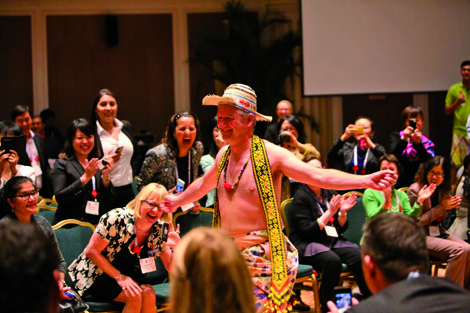
Meeting Costs
Planners these days are faced with expectations for greater engagement, while dealing with tighter budgets. There is also a tendency, especially in Asia, to emphasise the social and entertainment aspect of an event, while the objective of the meeting gets left behind with the hype to impress. De Groot says that before any planning begins, the most important thing to consider is what would happen if the meeting did not take place.
“Question the necessity of every meeting. Meeting planners are often not in a position to do this because it is their livelihood. However, the return on investment is universally understood, so it’s important to emphasise the point of the meeting and go from there.”
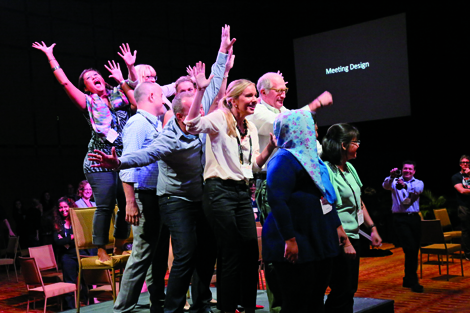
He adds that cost plays an important role in whether a client decides to engage with him. “Asians are sensitive to cost, so I bring their attention to the expense of hosting a conference in a five-star hotel, for attendees to listen to someone reading slides of a Power Point presentation. I ask them, ‘Is that a satisfying return for you?’ Many agree that it is not, and the door is then open to discuss another way.”
According to De Groot, the most meaningful meetings are not rooted in luxury or five-star experiences, but those that resonate with our formative experiences.
